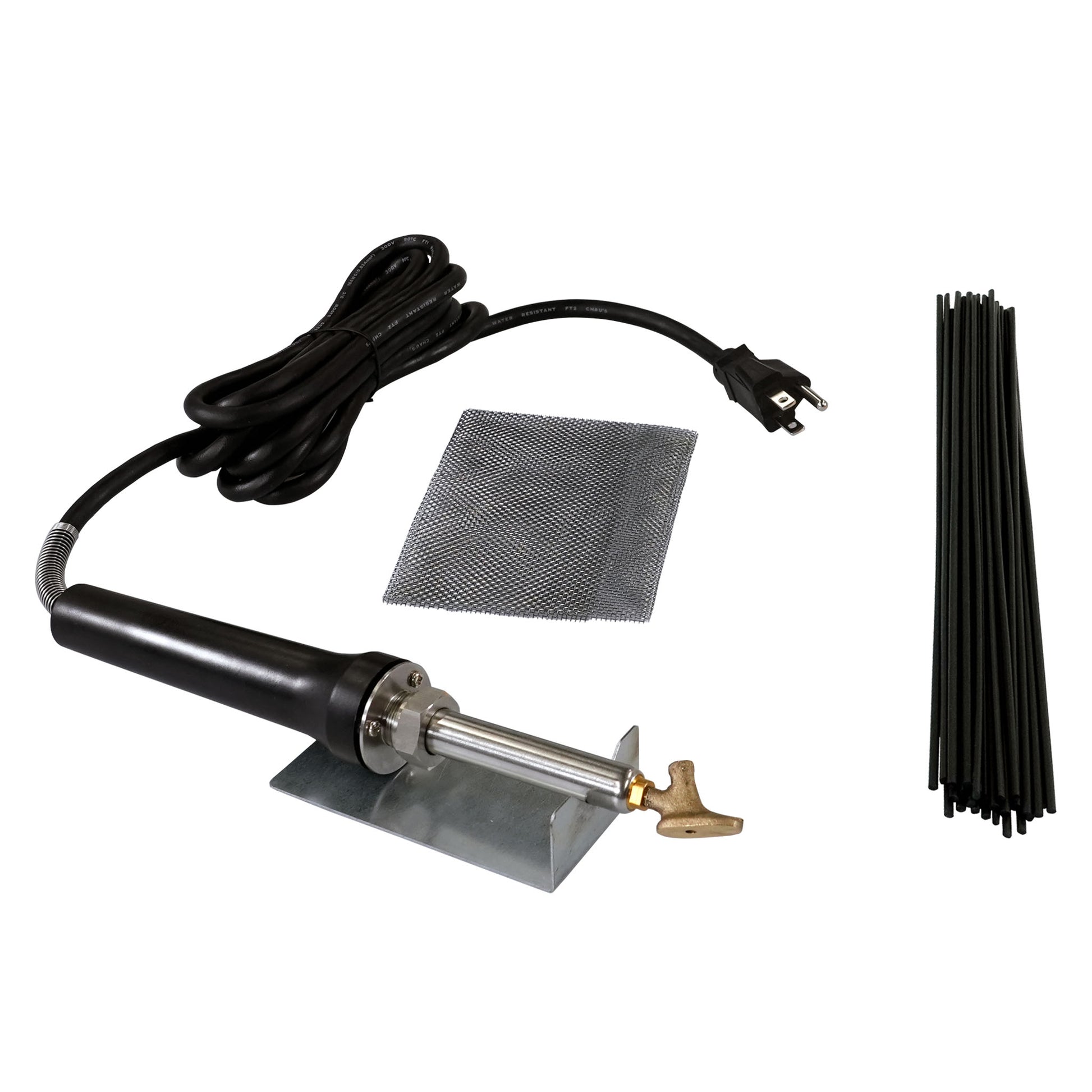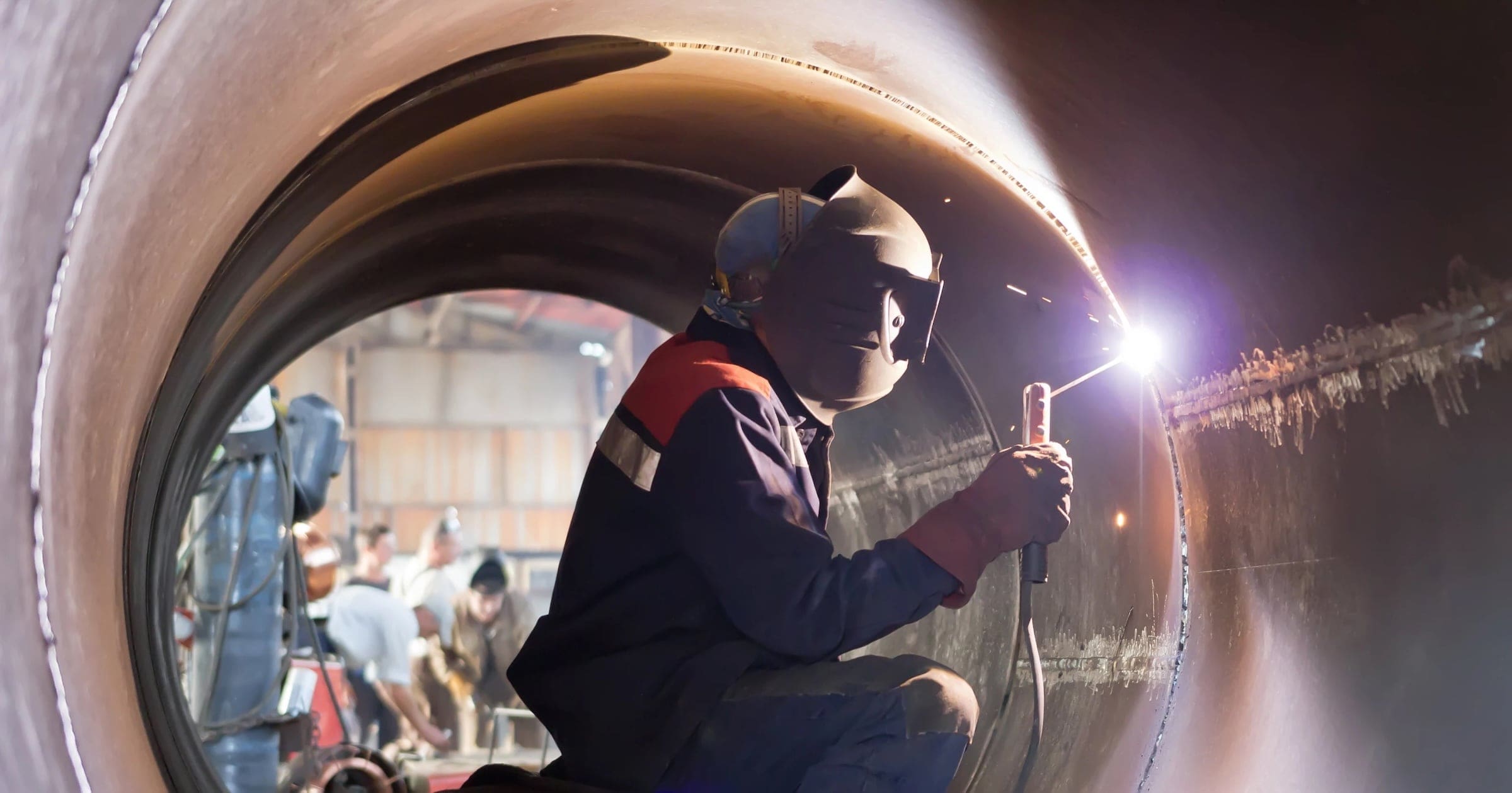Fixing cracking in welded joints: tips from Montana Mobile Welding and Repair Fabrication
Wiki Article
Common Welding Repair Service Issues and Just How to Address Them Effectively
Welding repair work frequently run into a variety of concerns that can threaten the honesty of the end product. Usual problems include poor penetration, porosity, and misalignment, to name a few. Each flaw offers distinct difficulties that call for certain approaches for resolution. Recognizing these issues is necessary for welders intending to improve their abilities and end results. This discussion will explore these common welding fixing concerns and reliable methods to address them.Inadequate Penetration
Insufficient penetration happens when the weld metal falls short to completely fuse with the base material, resulting in weak joints and possible structural failures. This issue frequently stems from insufficient warm input, inaccurate electrode angle, or incorrect welding rate. Welders might come across inadequate penetration as a result of a mistake of the needed specifications for a specific material thickness or kind. Additionally, contamination on the base product's surface area can prevent efficient bonding, aggravating the trouble. To resolve insufficient infiltration, welders ought to ensure ideal settings on their equipment and preserve a tidy work surface. Routine examination of welds is suggested to identify any kind of deficiencies early, permitting timely corrections and the prevention of compromised structural honesty in bonded settings up.Porosity
Porosity is a typical flaw in welded joints that materializes as tiny gas bubbles entraped within the weld steel. This issue can endanger the integrity of the weld, resulting in decreased strength and potential failure under anxiety. Montana Mobile Welding and Repair Fabrication. Porosity generally develops from contamination, moisture, or incorrect welding methods, which permit gases to get away into the liquified weld swimming pool. To address porosity, welders need to assure proper surface area prep work, maintain a tidy working atmosphere, and use suitable welding criteria. Furthermore, choosing the appropriate filler product and securing gas can reduce gas entrapment. Regular inspection and screening of welds can assist determine porosity early, assuring timely restorative activities are taken, consequently protecting the quality and integrity of the welded frameworkImbalance
Imbalance in welding can arise from different factors, consisting of incorrect configuration and thermal expansion. Comprehending the origin triggers is important for effective resolution. Several modification techniques are readily available to straighten elements and ensure architectural stability.Reasons for Imbalance
Welding imbalance commonly stems from a selection of underlying problems that can endanger structural integrity. One primary cause is improper fit-up of parts before welding, which can cause spaces and uneven surfaces. Variations in thermal development during the welding procedure can also cause distortion, specifically if the products being joined have various coefficients of growth. In addition, inadequate securing and fixturing may fail to hold components firmly in position, leading to motion during welding. Inadequately conserved devices, including welding devices and tools, may present variances in the weld grain, additional contributing to imbalance. Lastly, driver error, coming from inadequate training or experience, can also play a considerable role in producing misaligned welds.Adjustment Techniques Offered
Attending to misalignment properly requires a mix of restorative methods tailored to the specific concerns at hand. One common approach is the use of components or jigs to hold parts in the proper setting throughout welding, guaranteeing regular positioning. In addition, preheating the products can assist lower distortion and enhance fit-up. For significant misalignment, mechanical realignment strategies, such as making use of hydraulic jacks or clamps, can be used to correct the position before welding. Post-weld warm treatment might additionally be necessary to relieve tensions created by misalignment. Careful examination and modification throughout the setup stage can prevent imbalance issues from coming to be considerable troubles, promoting a smoother welding process and improving overall structural integrity.Distortion
Distortion is a common difficulty in welding that can develop from numerous factors, including unequal cooling and heating. Recognizing the root causes of distortion is vital for applying reliable prevention techniques. Addressing this concern not only boosts architectural integrity but additionally enhances the overall top quality of the weld.Sources of Distortion
When subjected to the extreme heat of welding, materials usually undergo modifications that can lead to distortion. This sensation primarily develops from thermal growth and tightening throughout the welding process. As the weld location heats up, the material expands; upon cooling, it gets, which can produce inner anxieties. Additionally, irregular home heating across a workpiece can worsen these stresses, resulting in bending or bending. The type of product also plays a considerable function; metals with varying thermal conductivity and coefficients of growth may respond in different ways, causing unpredictable distortions. Furthermore, inadequate joint design and insufficient fixturing can contribute to imbalance throughout welding, boosting the possibility of distortion. Understanding these causes is important for reliable welding fixing and avoidance techniques.Prevention Techniques
Effective avoidance techniques for distortion throughout welding concentrate on regulating warmth input and guaranteeing correct joint style. Preserving a consistent warm input helps to decrease thermal development and tightening, which can lead to distortion. Using strategies such as preheating the work surface can additionally reduce the temperature slope, promoting consistent home heating. Additionally, picking appropriate joint layouts, such as T-joints or lap joints, can enhance stability and lower stress concentrations. Executing correct fixturing to safeguard the work surfaces in position further help in maintaining alignment throughout the welding procedure. Staggered welding sequences can distribute warm more evenly, stopping local distortion. By using these strategies, welders can considerably decrease the likelihood of distortion and boost the overall quality of their welds.Fracturing
Breaking is a common issue come across in welding repair work, frequently resulting from numerous factors such as inappropriate cooling prices, product choice, or poor joint prep work. The event of cracks can considerably endanger the stability of the weld, bring about potential failures throughout operation. To resolve this problem, welders must first analyze the source, making sure that materials work and properly chosen for the details application. In addition, regulating the cooling rate throughout the welding process is essential; rapid cooling can generate anxiety and lead to splitting. Correct joint design and preparation likewise contribute to minimizing the risk. Applying these methods can boost weld top quality and longevity, ultimately decreasing the possibility of breaking in finished weldments.
Insufficient Combination
A substantial problem in welding repair services is incomplete fusion, which happens when the weld steel does not adequately bond with the base product or previous weld passes - Fabrication. This problem can cause weak points in the joint, possibly jeopardizing the honesty of the bonded structure. Aspects adding to insufficient fusion include inadequate warm input, incorrect welding method, and contamination of the surface areas being joined. To resolve this concern properly, welders should guarantee proper pre-weld cleaning and surface preparation, as well as change their welding parameters to attain sufficient infiltration and fusion. Normal inspection during the welding procedure can also aid determine insufficient blend early, permitting prompt rehabilitative measures to improve the general quality of the weldOverheating
While welding repair services can enhance structural honesty, overheating provides a significant challenge that can cause product deterioration. Too much warm during welding can alter the mechanical buildings of steels, resulting in reduced strength, raised brittleness, and warping. This sensation is particularly essential in high-stress applications where structural integrity is vital. Recognizing getting too hot can involve aesthetic examinations for staining or distortion, as well as checking temperature level during the welding process. To reduce the dangers associated with overheating, welders must utilize proper methods, such as controlling warmth input, readjusting traveling rate, and making use of suitable filler materials. In addition, carrying out pre- and post-weld warmth therapies can aid bring back product homes and enhance the overall top quality of Fabrication the repair service, guaranteeing long-term efficiency and security.Frequently Asked Inquiries
What Are the Typical Indicators of a Welding Defect?

Exactly How Can I Examine My Welds for Quality?
To examine welds for high quality, one can utilize visual evaluations, ultrasonic screening, and radiographic methods. Each method guarantees structural integrity, determines problems, and verifies adherence to defined standards, inevitably boosting the reliability of the bonded joints.What Security Precautions Should I Take While Welding?
When welding, one ought to prioritize safety and security by wearing appropriate personal safety tools, making certain proper air flow, safeguarding flammable materials away, preserving a clean work area, and knowing surroundings to avoid accidents and injuries.Can I Repair a Weld Without Remodeling the Entire Joint?
Repairing a weld without remodeling the whole joint is feasible, depending upon the damages (Fabrication). Strategies such as grinding, adding filler material, or using a welding procedure can successfully attend to specific imperfections while maintaining the surrounding frameworkWhat Devices Are Crucial for Reliable Welding Fixes?
Essential tools for effective welding repair services consist of a welding machine, cord brush, grinder, safety gear, clamps, and filler materials. Each tool plays an essential duty in guaranteeing quality and safety during the repair service procedure. Porosity commonly arises from contamination, dampness, or improper welding strategies, which permit gases to run away right into the molten weld swimming pool. Improperly kept tools, including welding equipments and devices, may present variances in the weld bead, more adding to misalignment. When subjected to the extreme heat of welding, products often undergo adjustments that can lead to distortion. Fracturing is a common concern experienced in welding repair work, commonly resulting from different factors such as improper cooling rates, material option, or poor joint prep work. A significant problem in welding fixings is incomplete combination, which takes place when the weld steel does not appropriately bond with the base material or previous weld passes.Report this wiki page